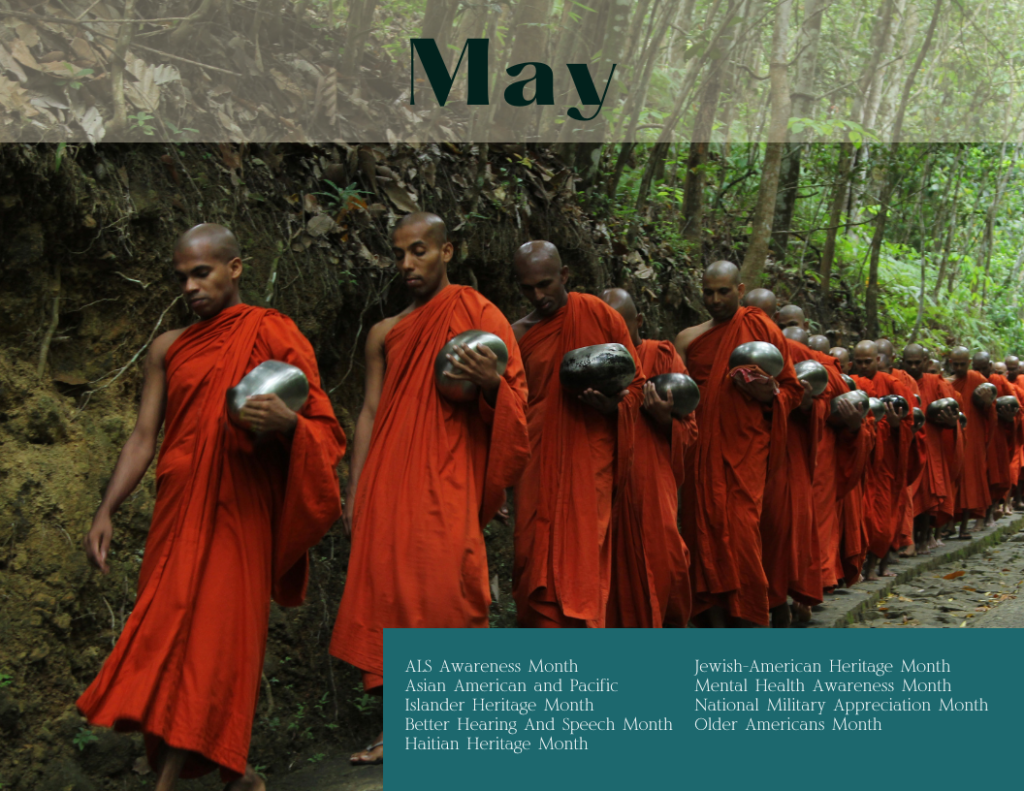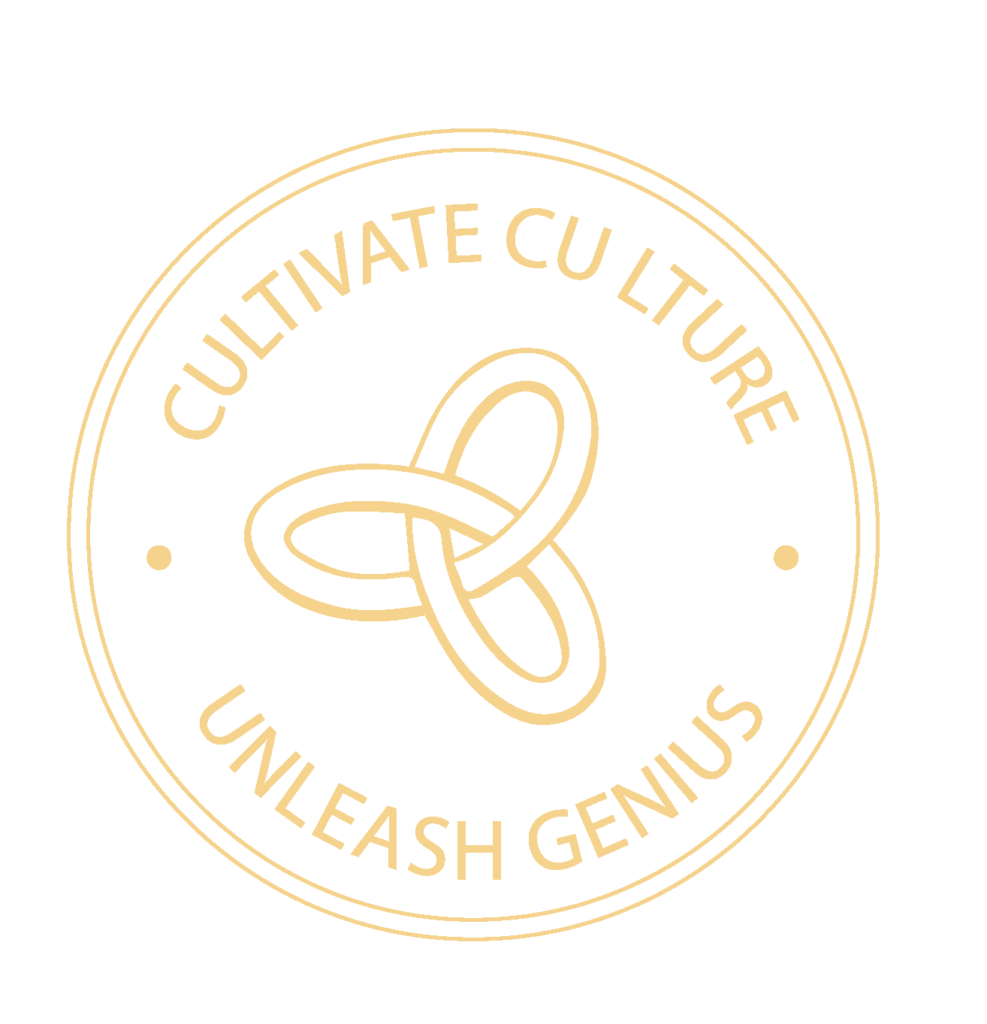Month-long observances:
Hispanic Heritage Month (September 15th-October 15th, 2023)
This month celebrates the histories, cultures, and contributions of Hispanic and Latinx Americans whose roots trace to Spain, Mexico, the Caribbean, and Central and South America. For businesses, it’s an opportunity to honor this rich cultural heritage by amplifying voices, recognizing achievements, and fostering inclusion.
Observance Suggestion: Dive into the official Hispanic Heritage Month toolkit to learn more about this year’s theme, messages, social media recommendations, and ways to create visibility for the contributions of the Hispanic community in your organization and around the world.
National Guide Dog Month
All dogs are good dogs, but guide dogs are among the best! Guide dogs go through rigorous training at a young age to provide support and mobility to those who might otherwise not have it. In September, we honor and appreciate the work of guide dogs and raise awareness for the need for these service dogs.
Observance Suggestion: If you were looking for an excuse to bring dogs into the office — this is it! Organize a lunch and learn session with a representative from a local guide dog organization to share more about the rigorous training process, the impact of service dogs, and answer your team’s questions about guide dog etiquette. Offer accessibility training to employees to ensure the workplace is welcoming and easy to navigate for everyone, including guide dog users.
National Suicide Prevention & Awareness Month
Suicide is the tenth leading cause of death in the United States. National Suicide Prevention & Awareness Month aims to raise awareness, remove the stigma, and provide comfort and hope for people affected by suicide.
Observance Suggestion: Share resources like these from the Suicide and Crisis Lifeline to empower employees to change the conversation around suicide and be a part of the solution.
Calendar Dates:
September 1 – Labor Day
Labor Day reminds us to appreciate the benefits of modern work life — like lunch breaks, paid vacations, and weekends off — all thanks to the efforts of labor unions and the U.S. labor movement. This holiday celebrates the contributions of American workers to our communities and economy.
Observance Suggestion: Put together a holiday weekend swag bag for employees featuring American union-made products. Additionally, ensure that any employees who work during the holiday receive equivalent time off to rest and recharge.
September 5 – Eid-Milad un-Nabi (Mawlid) Islamic Festival
This Islamic holiday celebrates the birthday of the Prophet Muhammad. It is a time when religious leaders deliver speeches about Muhammad’s life, and congregations reflect on his teachings, his trials, and his acts of forgiveness, including forgiving his enemies.
Observance Suggestion: Consider volunteering your time or donating to a charity, as these acts align with Muhammad’s teachings and values.
September 11 – Patriot Day (USA) (same every year)
Patriot Day serves as a day of remembrance for the 3,000 victims who died in the terrorist attacks on September 11, 2001.
Observance Suggestion: Fly the flag at half-mast and observe a moment of silence to correspond with the attacks, beginning at 8:46 a.m. (Eastern Daylight Time), the time the first plane, American Airlines Flight 11, struck the North Tower of the World Trade Center.
September 15 – International Day of Democracy (same every year)
Democracy and human rights are intrinsically linked and not to be taken for granted. As gerrymandering and restrictive voter laws have reversed equal access to the right to vote in the United States, this day reminds people around the world that democracy is a cause worth fighting for.
Observance Suggestion: This date offers an excellent opportunity to encourage your employees to check their voter registration and update their records if needed. Look ahead with your executive team — will your organization be offering time off or rides to the polls on election day to help your team members participate in the Democratic process?
September 16 – Mexican Independence Day (same every year)
Mexican Independence Day is a vibrant celebration marked by colorful parades, mariachi music, and delicious food, as people across Mexico commemorate the country’s independence from Spain in 1810. The festivities begin with the ringing of church bells, just as they did when the movement for independence first began.
Celebration Suggestion: Each year, Mexico’s president delivers the El Grito de Dolores speech, accompanied by the ringing of the same historic church bells. Tune in to experience the passion and pride of this celebration of independence and culture, honored worldwide.
September 21 – International Day of Peace (same every year)
Also known as World Peace Day, this day is dedicated to promoting and strengthening the ideals of peace among all nations and people. It serves as a reminder of our collective potential to build a more harmonious world. Let it inspire us to focus on connection, kindness, and the shared pursuit of peace.
Observance Suggestion: Bring in a discussion panel of diverse speakers to talk about different concepts that promote peace and connection, like conflict resolution, peaceful dialogue, and consensus-building.
September 22 – American Business Women’s Day (same every year)
September 22nd marks the founding of the American Business Women’s Association in 1949 as a way to support women in the workforce across occupations through networking, education, and recognition.
Observance Suggestion: Encourage your women’s employee resource group to create an event for the day, or create a women’s ERG and launch it on September 22nd. Set up a day of mentoring for young women employees to connect with women with more experience. Spotlight women-owned businesses your organization partners with.
September 22 – Rosh Hashanah begins (Jewish)
Rosh Hashanah translates to “head of the year.” It’s the Jewish New Year, starting on the Jewish calendar’s first month (Tishrei). This year, it’s celebrated from sundown September 22 to sundown September 24 by attending Holy services, gathering with loved ones, and preparing foods such as apples, honey, challah, and dates.
Observance Suggestion: Keep in mind that Jewish employees may need a few days off work. Allow them that time without repercussion — this includes preventing work from piling up on their time off.
September 22 – Navaratri begins (Hindu)
Also known as Vasanth Navaratri, this nine-day Hindu festival is filled with worship, fasting, meditation, and devotion. The celebration is all about honoring the female force of energy. It signifies a spirited beginning, where everything within the world starts anew.
Celebration Suggestion: Hindu celebrations are on a large scale, including fasting and excess cleaning to welcome the Goddess into their homes. Give your Hindu employees the time to respect and participate in these traditions for as long as they need. Practice them in the workplace, too. Encourage everyone to clean their spaces to remove obstacles and negative energy.
September 26 – Native American Day
Celebrated by various states across the US, Native American Day recognizes the history and contributions of indigenous people native to the states established on their land.
Observance Suggestion: Take the opportunity to recognize the native land where your organization is based through education, conversations with local indigenous organizations, and supporting community and political actions that improve the lives of local indigenous people.
September 26 – European Day of Languages (same every year)
Our world is full of culturally rich languages. Today, Europe celebrates its love of language and the need to preserve that love and knowledge through practice.
Celebration Suggestion: Bring in someone who can teach a second language to your staff. Perhaps a language that would be beneficial to communicating within your community, or that would help staff members understand the nuances of your work better.
September 27 — World Tourism Day (same every year)
Tourism employs one in ten people worldwide, and business travel is a major contributor to the tourism industry.
Observance Suggestion: If your employees travel for work, consider sharing tips on responsible, sustainable travel habits and set expectations for how employees represent your organization on the road.
September 28 – Durga Puja begins (Hindu)
Durga Puja is a 10-day festival that pays tribute to the Hindu Goddess, Durga. There are many variations of the festival, but all are elaborately grand and filled with rituals. This is a time to reunite with friends, family, and the community while appreciating culture and art.
Celebration Suggestion: Visit a Durga Puja tableau. Several communities erect huge canopies to bring in artisans, food, and the opportunity for prayer. Experiencing an event firsthand is unlike any other craft fair or festival.




